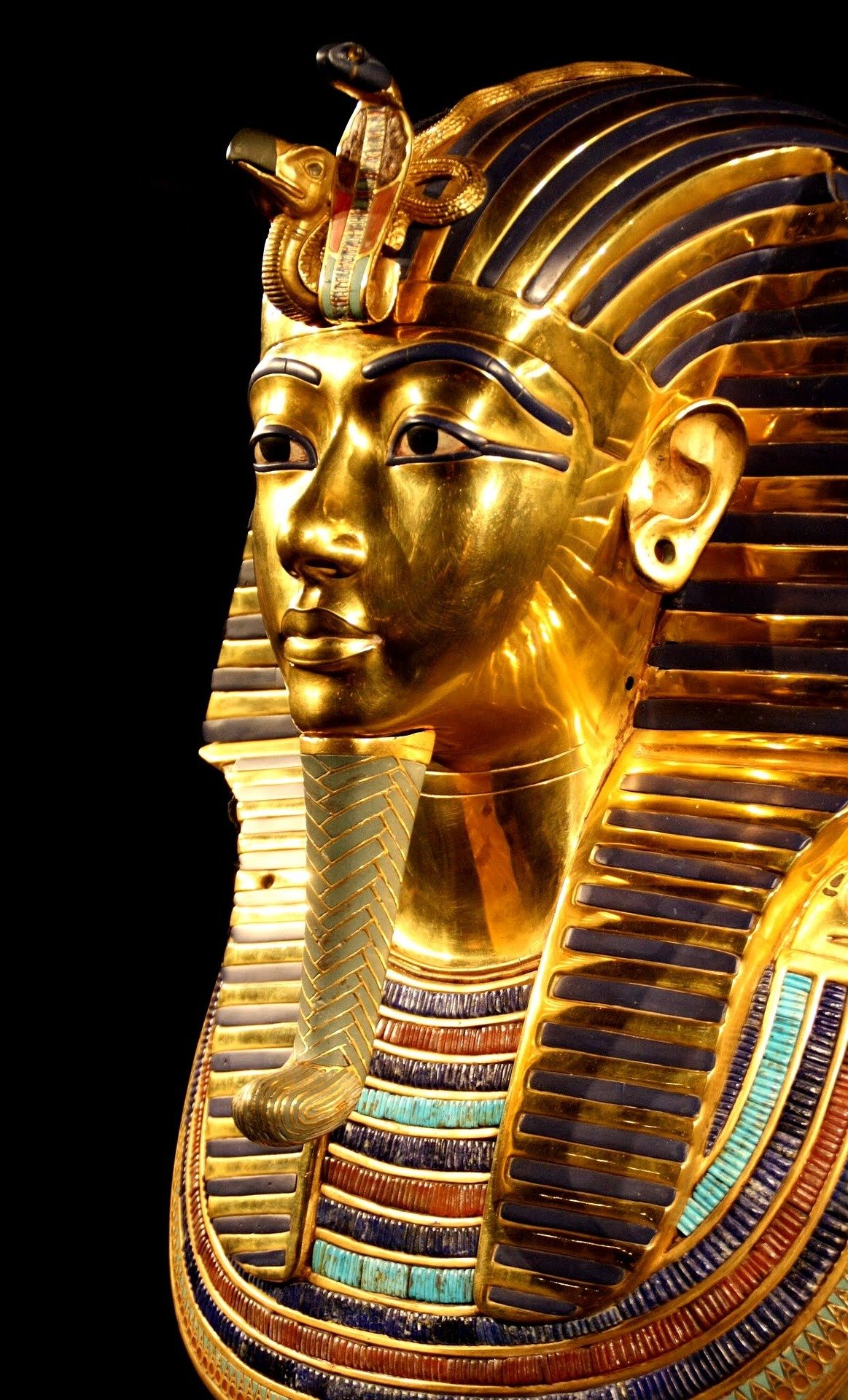"The Truth Behind the Myth: Examining the Science and History of the Pharaoh's Curse Legend"
2434 Views |

Picture by Thorsten Dittmar From PixabayPixabay
"Pharaoh's Curse" is a legend about a curse that led to the deaths of many people on an expedition. The legend begins with the journey of Howard Carter, an archaeologist, and Lord Carnarvon, a venture capitalist who sponsored the project, to Egypt to find the undiscovered tomb of Pharaoh Tutankhamun, who ruled over the kingdom around 1400 BC.
On February 16, 1923, the team discovered and opened the door to the cemetery, and the news quickly spread throughout the world. However, within just 6 weeks, Lord Carnarvon and several other team members fell mysteriously ill and died. It was as if a mysterious supernatural power had taken their lives.
A historical and statistical study published in the medical journal BMJ in 2002 suggests that the curse did not increase the mortality statistics in any way. Instead, the study suggests that certain pathogens or toxins were likely the real cause of death.
Egyptian scientists analyzed and assumed that Lord Carnarvon may have died of blood poisoning from the deadly fungus (Aspergillus flavus) from a mosquito bite or from pneumonia. The symptoms of the English nobleman were consistent with the infection found massively in the tombs of ancient Egyptian kings. The study of mortality was published in the medical journal Lancet in 2003.
Some argue that Lord Carnarvon was unlikely to be infected with the deadly plague (Aspergillus flavus) because he did not die quickly. However, a team of Egyptian scientists explains that such deadly fungi can hibernate dormant in the lungs for a long time before being urged to rampage again.
George Jay Gould, an American financier who was one of the visitors to the newly opened tomb, passed away from pneumonia in the same year that Lord Carnarvon died. Sir Archibald Douglas-Reid, a radiologist who scanned the Pharaoh's body with X-rays, died of a mysterious illness the following year. These cases, along with others, have been considered evidence of the true origin of the curse, which is from a deadly fungus.
Carter's expedition gradually died together, with a total of 22 people. Today's scientists cannot conclude for sure that all the deaths were caused by the fungus because some people died due to murder, and many lacked clear medical information to analyze the cause of death. Nonetheless, people still speculate that the deaths of Carnarvon and the expedition were caused by a "pharaoh's curse" that would kill everyone.
The leader of the team, Howard Carter, has not been affected by the curse and has lived a long life for many decades before dying of old age when he was about 60 years old. This has led some scientists to assume that the expedition might not have faced a curse, as they may have encountered the deadly fungus in the cemetery itself, and people with strong immunity may not get sick from it.
This incident is not the first time something like this has happened. In the 1970s, 10 out of 12 teams of scientists and archaeologists gradually died in a short time after opening the sarcophagus of Poland's King Kasimir IV. The tomb was filled with health-threatening levels of mold on the air and surfaces.



